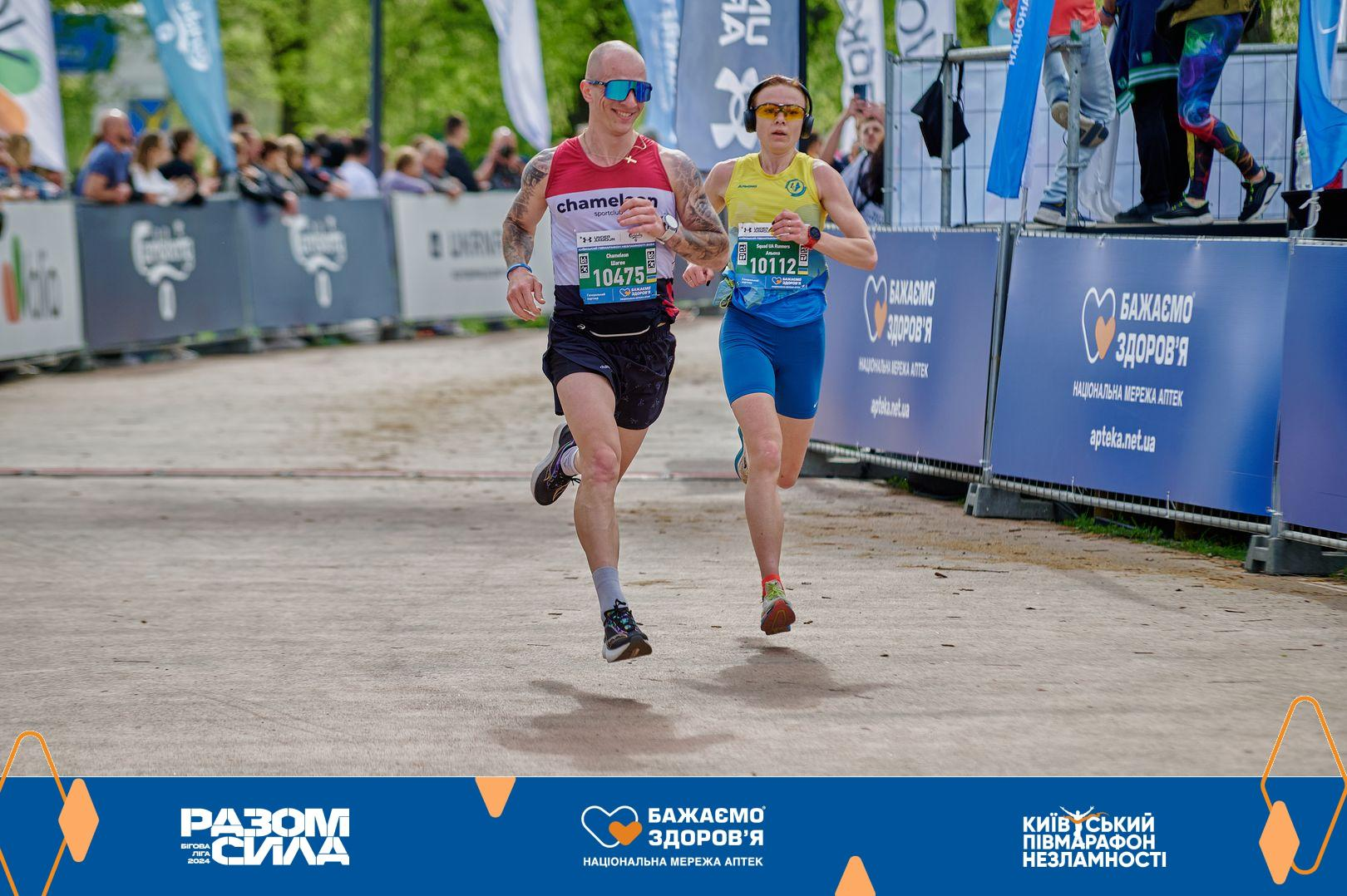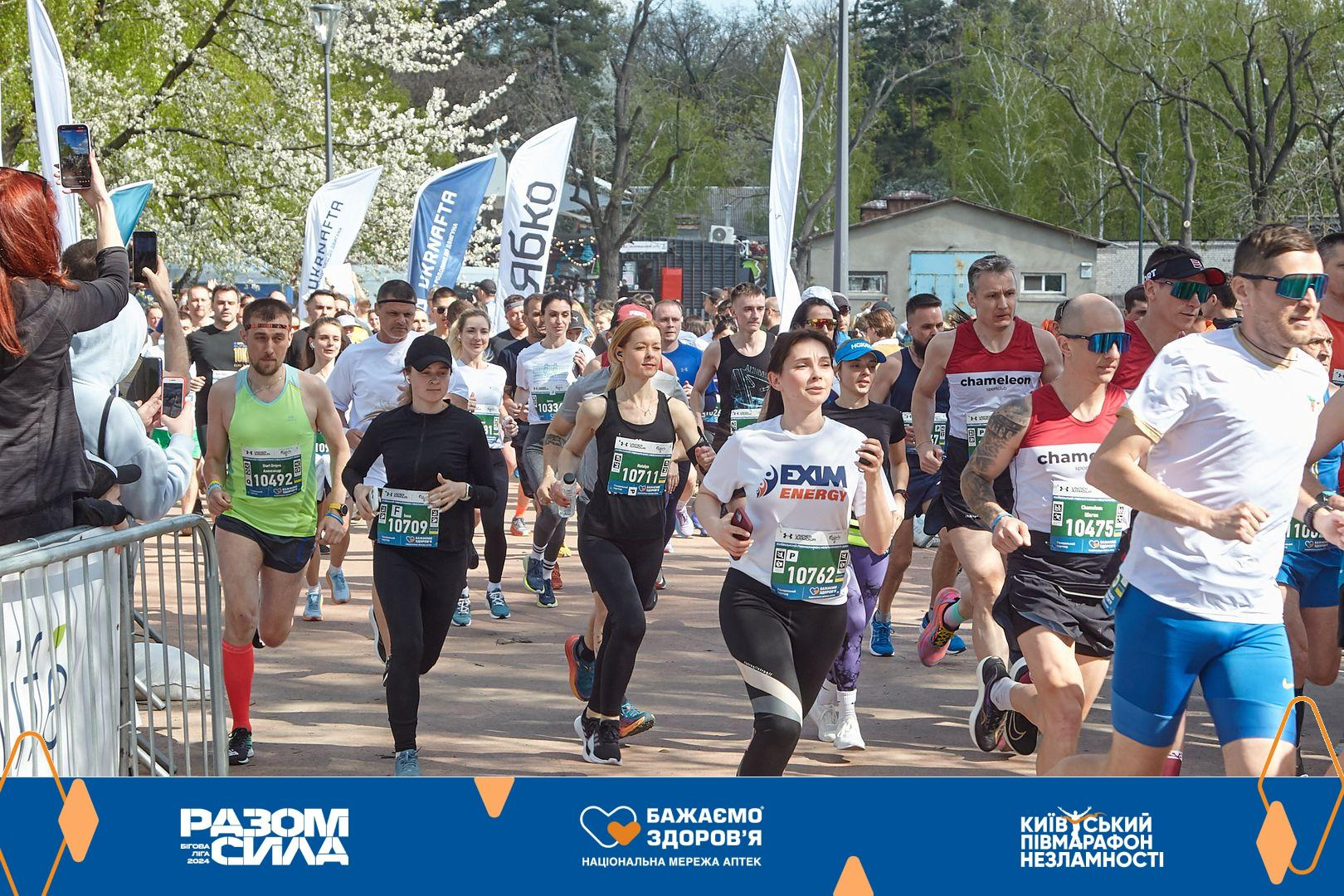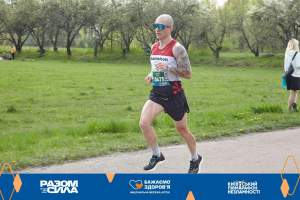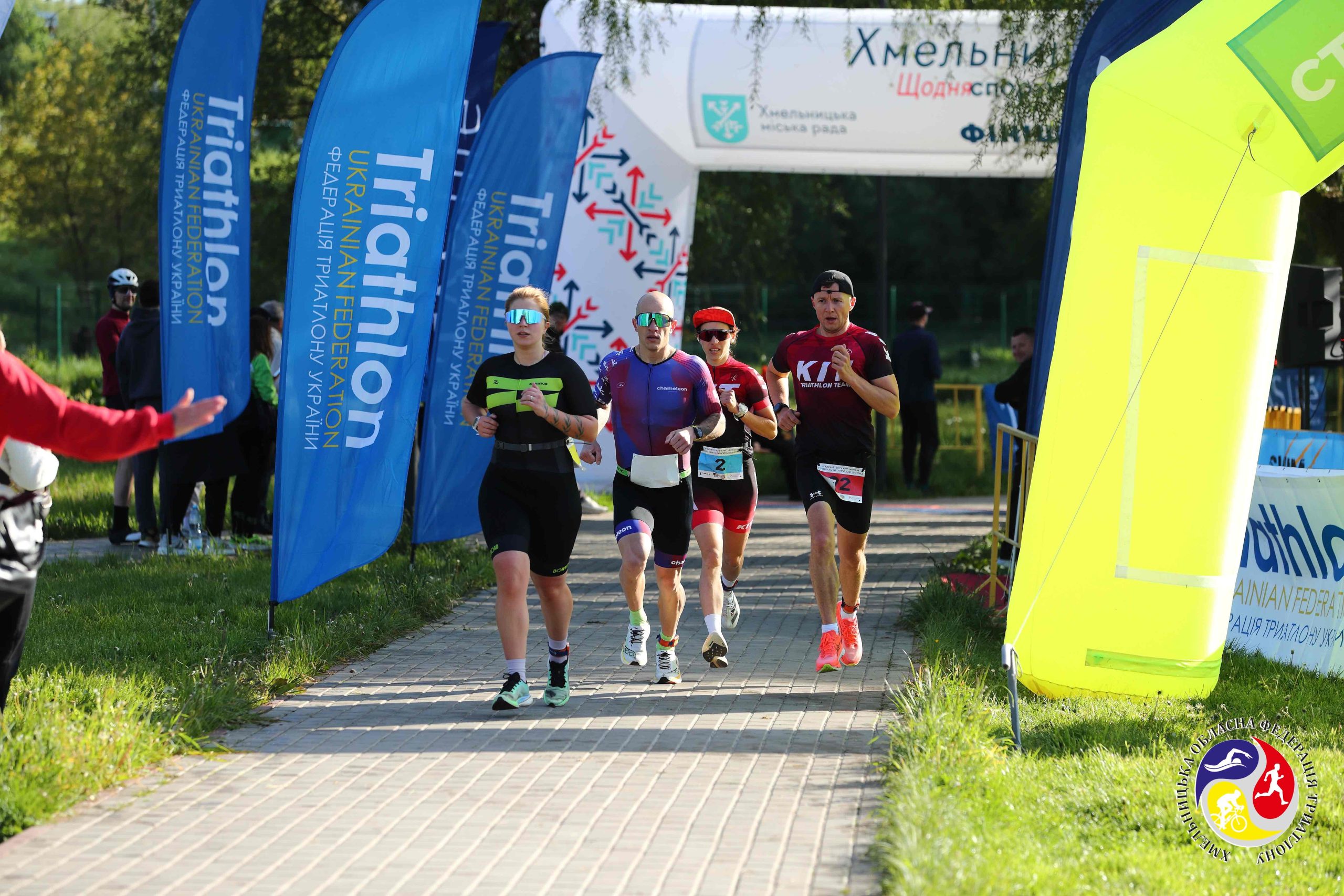You crushed your last run and even did the coolest half-marathon race PR, but now your legs feel like lead.
It’s time for a restorative recovery run.
This often-overlooked training tool is your key to faster recovery, improved performance, and preventing injuries.
Let’s dive into everything you need to know about recovery runs as a beginner.
Defining a Recovery Run
A recovery run is a type of run that’s done at a slower pace and lower intensity to help your body recover from more intense workouts.
Recovery runs are perfect for active rest days. The main goal is to keep your muscles moving without putting too much stress on them.
Instead of taking a complete rest day, you go for a gentle run. This light run helps increase blood flow to your muscles, which helps to flush out waste products and bring in nutrients needed for recovery.
How long should a recovery run be?
For example, if you usually run at a pace of 8 minutes per mile, your recovery run might be closer to 10 or 11 minutes per mile.
The focus isn’t on speed or performance but on allowing your body to heal while staying active. It also helps maintain your running habit and can reduce stiffness and soreness.
The Benefits of Recovery Runs
While rest is crucial, incorporating recovery runs offers surprising benefits that can actually help you bounce back faster and become a stronger runner.
Here’s how:
Increased Blood Flow
Easy-paced running increases blood flow to your muscles, flushing out lactic acid, a major contributor to post-workout fatigue.
This allows your muscles to recover more efficiently and reduces soreness.
Enhanced Aerobic Recovery
Recovery runs gently stimulate your aerobic system, helping your body clear waste products and replenish oxygen stores.
This can actually improve your overall fitness and endurance over time.
Mental Rejuvenation
A light jog can be a fantastic mental break. Especially when it’s after a high-intensity run.
Running at a slower, more relaxed pace can be enjoyable and stress-relieving. It gives you a chance to clear your mind, enjoy the scenery, and take a break from the pressure of more intense training sessions.
Reduced Injury Risk
Tight, inflexible muscles are more prone to injury. Light running helps maintain flexibility and range of motion, keeping your body injury-free and ready for your next training session.
Engaging in recovery runs can help reduce the risk of developing a training injury such as a runner’s knee.
Improved Running Form
Recovery runs offer a low-pressure environment in which to focus on proper form.
This can help you refine your technique and become a more efficient runner in the long run.
Remember, a recovery run is not a race. You don’t need to set a new personal record. It’s a gentle jog at a very easy pace, typically around a conversationally comfortable level.
These runs promote active recovery and are most effective when done within 24-48 hours after a complicated workout.
Distinguishing Recovery Runs from Easy Runs
Recovery runs and easy runs might seem similar, but they serve different purposes in a runner’s training schedule.
A recovery run is done specifically to help your body recover from intense workouts. It’s usually very short and very slow.
The main goal is to promote muscle recovery and reduce soreness without adding extra strain. Think of it as a way to keep your body moving gently after a tough session, like a long run or a speed workout. For example, if you ran a hard 10 miles one day, your recovery run the next day might be just 3 miles at a much slower pace.
On the other hand, an easy run is a regular part of your training routine meant to build endurance and maintain fitness without the intensity of speed work or long runs.
Easy runs are typically longer and can be slightly faster than recovery runs, but still at a comfortable pace where you can hold a conversation.
For instance, you might do an easy run of 5-6 miles at a relaxed pace on a day when you’re not recovering from an especially tough workout.

Tips for a Successful Recovery Running
How do you ensure your recovery run is truly successful? Here are some tips to take your post-workout jog to the next level:
1. Listen to Your Body
This might sound obvious, but it’s crucial. While recovery runs are beneficial after most hard workouts, sometimes your body truly needs rest.
If you’re feeling extremely sore or haven’t fully recovered from a particularly grueling session, don’t force it. It might be better to delay your recovery run by a day or two and prioritize getting the rest your body craves.
2. Dial In the Duration
Recovery runs are all about gentle stimulation, not exhaustion. Beginners should start with a shorter duration, aiming for 20-30 minutes.
As your fitness improves, you can gradually increase the length of your recovery runs, but don’t exceed 45 minutes at this stage. Remember, less is often more when it comes to these runs.
3. Effortless Ease
Ditch the watch and the need for speed! Recovery runs are about low-intensity effort. Focus on a pace where you can comfortably hold a conversation without feeling winded.
Imagine yourself chatting with a friend on a leisurely walk; that’s the ideal level of exertion.
4. Route Refreshment
Spice up your recovery runs! Instead of the same old track, choose a scenic route that will keep your mind engaged. E
Explore a new park, discover a quiet trail, or revisit a familiar route with fresh eyes. A pleasant environment adds enjoyment, making the run more enjoyable and motivating.
5. Warm-Up and Cool-Down, Even on Recovery Runs
Even though it’s a low-intensity run, a light warm-up is still crucial for both your running performance and injury prevention.
Start with some dynamic stretches like walking lunges, arm circles, and leg swings to prepare your muscles for movement and prevent injury.
Don’t skip the cool-down, either. Finish with static stretches to improve flexibility and prevent post-run tightness.

Check out this base running training plan to level up your endurance and performance.
Measuring Recovery Progress
Measuring recovery progress is about paying attention to how your body and mind feel over time.
Here are some simple ways to know if you’re recovering well.
After a hard workout, your recovery runs should start to feel easier. For example, if your legs felt really heavy and sore on Monday, but by Wednesday’s recovery run, they feel lighter and less painful, that’s a good sign you’re recovering well.
If you notice that your heart rate returns to normal quickly after a run, it means your cardiovascular system is adapting well.
Good sleep is crucial. If you wake up feeling rested and not groggy, your body is getting the rest it needs.
If you’re hitting your target paces and distances without feeling overly fatigued, your body is handling the training well. For instance, if you struggled to finish a 5-mile run before but now complete it comfortably, your recovery is on track.
Using a fitness tracker can help you monitor your recovery. Look for a higher heart rate variability (HRV) and a lower resting heart rate. For example, if your HRV has increased and your resting heart rate has decreased, it means your body is recovering effectively.
If you’re ready to take your running to the next level, it’s important to do it the right way.
In this article on increasing running mileage, we dive into strategies for upping your weekly distance safely—covering everything from pacing and recovery to managing those extra miles.
Common Questions About Recovery Runs
1. What exactly is a recovery run, and why should I do it?
A recovery run is a short, easy-paced jog you do within 1-2 days after a hard workout.
Running when you’re feeling sore might seem counterintuitive, but recovery runs offer numerous benefits. They help flush out lactic acid, improve blood flow, and promote muscle repair, ultimately leading to faster recovery and preventing injuries.
2. How long and how fast should a recovery run be?
Recovery runs are all about low intensity. Aim for a pace where you can comfortably hold a conversation – a brisk walk with some jogging sprinkled in might be a good starting point.
For beginners, keep it short, around 20-30 minutes. As your fitness improves, you can gradually increase the duration to a maximum of 45 minutes.
3. Do I need to incorporate recovery runs after every workout?
No, not necessarily. Recovery runs are most beneficial after hard training sessions. If you’re doing an easy run or feeling particularly beat, prioritize rest and listen to your body.
4. What should I wear and bring on a recovery run?
Since it’s a low-intensity effort, comfortable clothing, and good running shoes are all you need.
Learn more about how to choose the best running shoes.
Consider bringing a water bottle, especially if it’s a hot day, and maybe a small snack with protein and carbohydrates to aid muscle repair.
5. Is there anything else I should do to optimize my recovery?
Absolutely! A light, dynamic warm-up before your run helps prepare your muscles for the recovery process and prevents injury. Start with walking lunges, arm circles, and gentle leg swings. Mimic this with some static stretches after your run to improve flexibility and prevent post-run tightness. Remember, proper hydration before, during, and after your run is crucial! If you’re wondering how to carry water when running, this article breaks it down for you.





